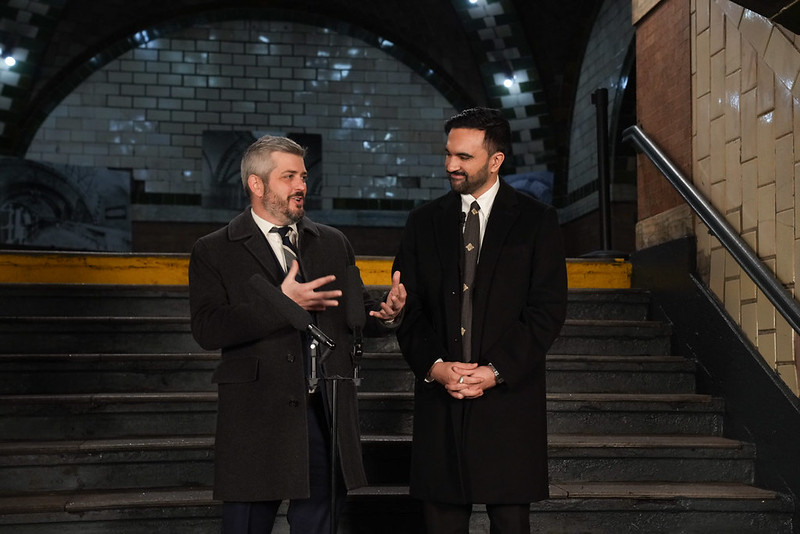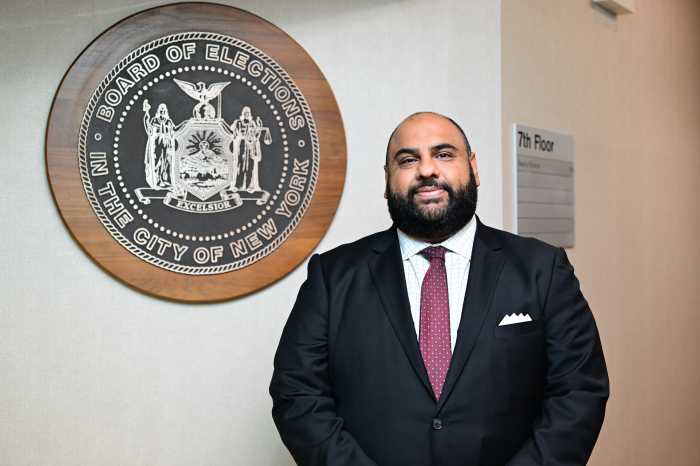Can I beat this light or not? It's a decision most New Yorkers make dozens of times a day while hurriedly hoofing it on the City's streets.
Deciding to make the dash across the intersection of Hillside Avenue and 179th Place in Jamaica became a little easier last week - if only temporarily - thanks to the installation of four new countdown pedestrian signals there. Part of a six-month Department of Transportation (DOT) pilot program to study the impact the lights have on the behavior of motorists and pedestrians, the signals, located at one intersection in each of the five boroughs, will count down the number of seconds pedestrians have to safely cross the street before the light turns red.
“I am delighted that the City has agreed to install these signals,” said Senator Toby Ann Stavisky, a member of the Senate Transportation Committee. “I have seen these signals in other cities and national studies have shown that they do save lives.”
Researchers at the University of California, Berkeley Traffic Safety Center in 2003 noted, however, that while there have been very few significant studies on the effectiveness of pedestrian countdown signals, “One serious concern about the device is that it may increase the number and severity of crashes if motorists increase speeds in response to the countdown display.”
The pedestrian countdown signals are the same size as the existing pedestrian signal head, but feature a dual display - the traditional “walking man” and “hand” display and a pedestrian interval countdown display. The countdown feature is programmed to start at the beginning of the “flashing hand” cycle and end when the flashing hand becomes steady. At the five test intersections, pedestrians will be given a minimum 15-second countdown before the light changes.
City Councilmember John C. Liu, chair of the Council's Transportation Committee, Stavisky and a number of other elected officials conducted a live demonstration of similar countdown signals, which range in cost from $200 to $350 each and may be retrofitted to existing lights, in Flushing earlier this year.































